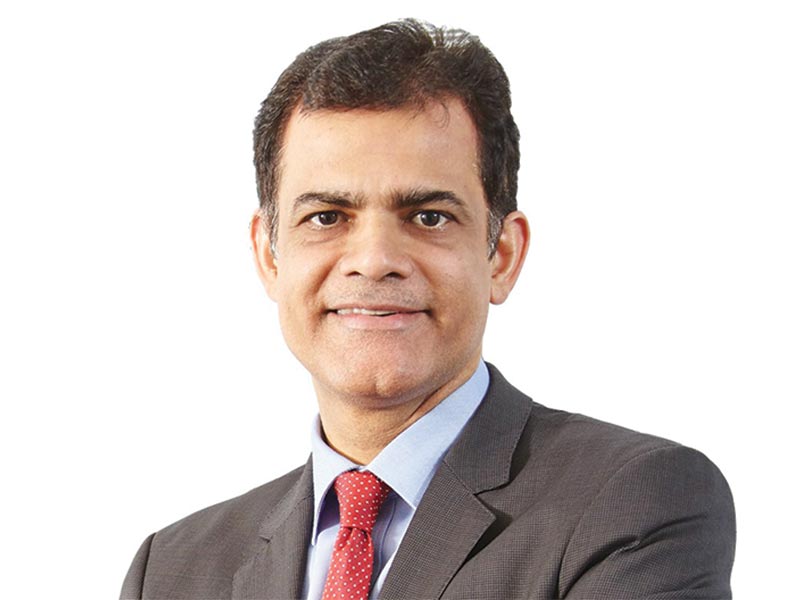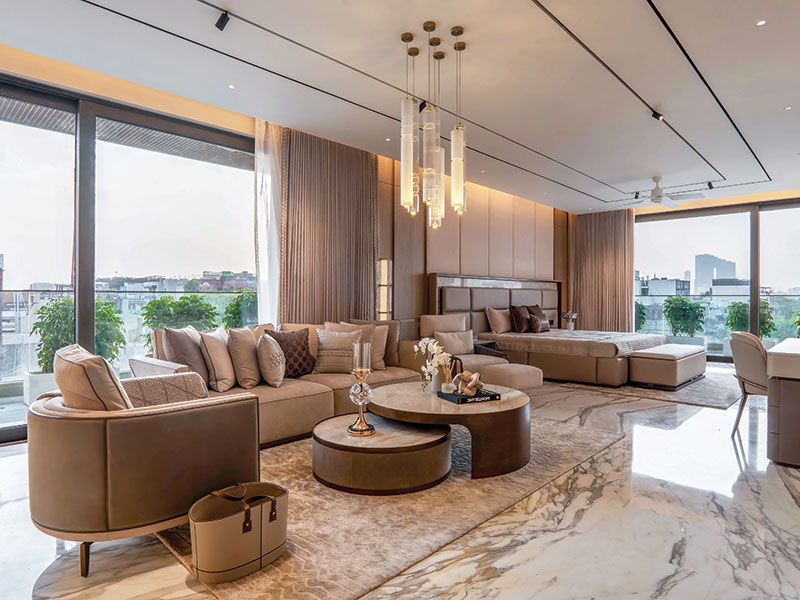
True, this is only 5% of the total buildings in India. However, the country's market for green buildings is expected to double in the next few years and may reach up to 10 billion sq.ft. by as early as 2022 – at a valuation of between $35 billion to $50 billion.
Why India needs green buildings
Anarock's latest real estate research report 'Go Green – The Mantra for Sustainable Living' explores the price we have paid for the rampant urbanization and massive population increase in our quest for faster economic growth. These dynamics have caused changes in our overall lifestyle and quality of life and led to a significant depletion of our natural resources.
The rapid rate of depletion and concurrent steep rise in emission of greenhouse gases and waste generation has resulted in environmental degradation, and the primary cause of climate change, evident in rise in average temperatures and deteriorating air quality in our cities. In recent years, this alarming ecological damage has drawn the concerted attention of many countries and kick-started massive efforts to find ways and means to mitigate the rate of deterioration and ensure efficient use of natural resources.
Green Buildings - a viable investment
Although the initial cost of constructing a green building can be relatively higher, the enduring benefits such as low operating cost, better health and enhanced productivity makes it an extremely viable long-term investment, and both developers and consumers must assume responsibility.
A green building's efficiency can be amplified by using innovative construction materials and better technologies such as: Biomimicry, Green Roofs, Vertical Gardens and Rain Gardens, Glass Fibre Reinforced Gypsum (GFRG) Panels, Cradle-to-Cradle building design and 'Smart' glass panes.
Real estate development is one of the biggest consumers of natural resources, generating gargantuan amounts of waste (40%) and greenhouse gases (35%). This sector alone ingests about 40% of natural raw materials, 25% of water, and 35% energy resources
Challenges and Barriers
- Limited awareness about green buildings practices and its long-term benefits: A large section of Indian users perceive them to be expensive.
- Inadequate government rules and policies to enforce large-scale implementation of green buildings norms.
- Additional clearances and approvals: Developers already go through a tedious process of a multitude of approvals and are apprehensive of the additional burden of green compliances in the list of approvals, which can potentially cause more delays.
- There are very few incentive plans, and those that exist vary across states and even cities, depending on different governing bodies. In most cases, incentives are in the form of additional FAR, followed by a rebate on property tax and other schemes. However, these incentives have not been significant enough to encourage large-scale green buildings practices.
- Equipment and products used in green building construction definitely involve a higher cost. Though the added cost is marginal, many small contractors and developers cannot afford it.
- Lack of skilled manpower and subject matter experts: In India, a majority of real estate industry stakeholders from policymakers to architects, engineers, contractors and workers simply don't possess adequate skills and the knowledge required for green building construction.















